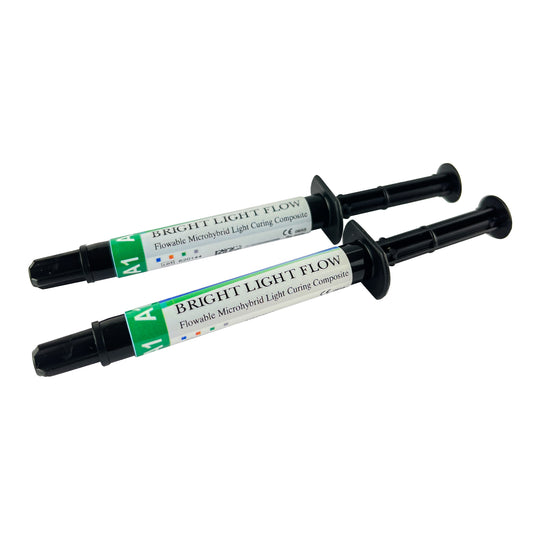Dental restorations, such as crowns, bridges, inlays, onlays, and veneers, rely on high‑quality dental cement to ensure longevity, retention, and seal against microleakage. Dental cement plays a critical role not only in fixing the restoration but also in protecting the underlying tooth structure.
There are various types of dental cement available for clinicians, including resin‑modified glass ionomer, conventional glass ionomer, resin cement, zinc phosphate, and polycarboxylate cement. Each type brings its own advantages:
-
Resin cement delivers superior adhesive strength and esthetics, ideal for ceramic and composite restorations.
-
Glass ionomer cement chemically bonds to both enamel and dentin and releases fluoride, useful in class V restorations and pediatric dentistry.
-
Resin‑modified glass ionomer cement combines benefits of both resin and glass ionomer, with improved handling and lower sensitivity.
When choosing dental cement, dentists consider factors such as bond strength, biocompatibility, film thickness, working time, curing mechanism (self‑cure, light‑cure, or dual‑cure), and esthetic demands. The goal is to select a cement that offers optimal retention, prevents marginal leakage, and supports the restoration’s function and appearance.
The setting reaction of dental cement differs by type. For example, glass ionomer cements set via acid–base reaction between fluoroaluminosilicate glass powder and polyacrylic acid. That reaction gives fluoride release, which helps reduce secondary caries risk. In contrast, resin cements polymerize via free‑radical addition, affording strong adhesion to restorative materials.
Handling properties also vary. Some dental cement products offer extended working times and thixotropic consistency for easier placement. Others are ultra‑thin to minimize fit interference under precise restorations.
Biocompatibility is paramount: ideal dental cement should cause no pulpal irritation, exhibit low solubility in oral fluids, and be dimensionally stable. Fluoride‑releasing types may aid in remineralization at restoration margins.
Here are key applications for dental cement:
-
Permanent cementation of crowns, bridges, inlays/onlays.
-
Cementing orthodontic bands and attachments.
-
Luting posts in endodontically treated teeth.
-
Provisional restorations, depending on formulation.
-
Temporary cementation with eugenol‑based products (for IRM or temporary crowns).
Clinical protocols are essential when using dental cement:
-
Prepare tooth surfaces meticulously – clean, dry, and apply primers or conditioners as indicated.
-
Mix cement components accurately and swiftly to respect working time.
-
Seat the restoration fully, removing excess cement before final set.
-
Light‑cure or allow self‑cure as required.
-
Verify retention and occlusion once the cement has fully set.
The benefits of choosing the right dental cement include enhanced restoration longevity, better marginal fit, reduced postoperative sensitivity, and prevention of microleakage. For many clinicians, resin‑modified glass ionomer cement offers an excellent compromise: fluoride release, moderate adhesion, and tooth friendliness.
Recent advances include bioactive cements, which interact with tooth tissue to promote remineralization and seal at the interface. These formulations strive to combine the best properties of glass ionomer and resin cements while improving long‑term behavior.
In conclusion, selecting the appropriate dental cement is pivotal in restorative success. With a wide variety of formulations available, clinicians must weigh retention, sealing ability, biocompatibility, working and setting times, and esthetics. By doing so, they ensure that restorations remain durable, functional, and comfortable for patients over the long term.

Comments
Post a Comment
We will get back to you soon